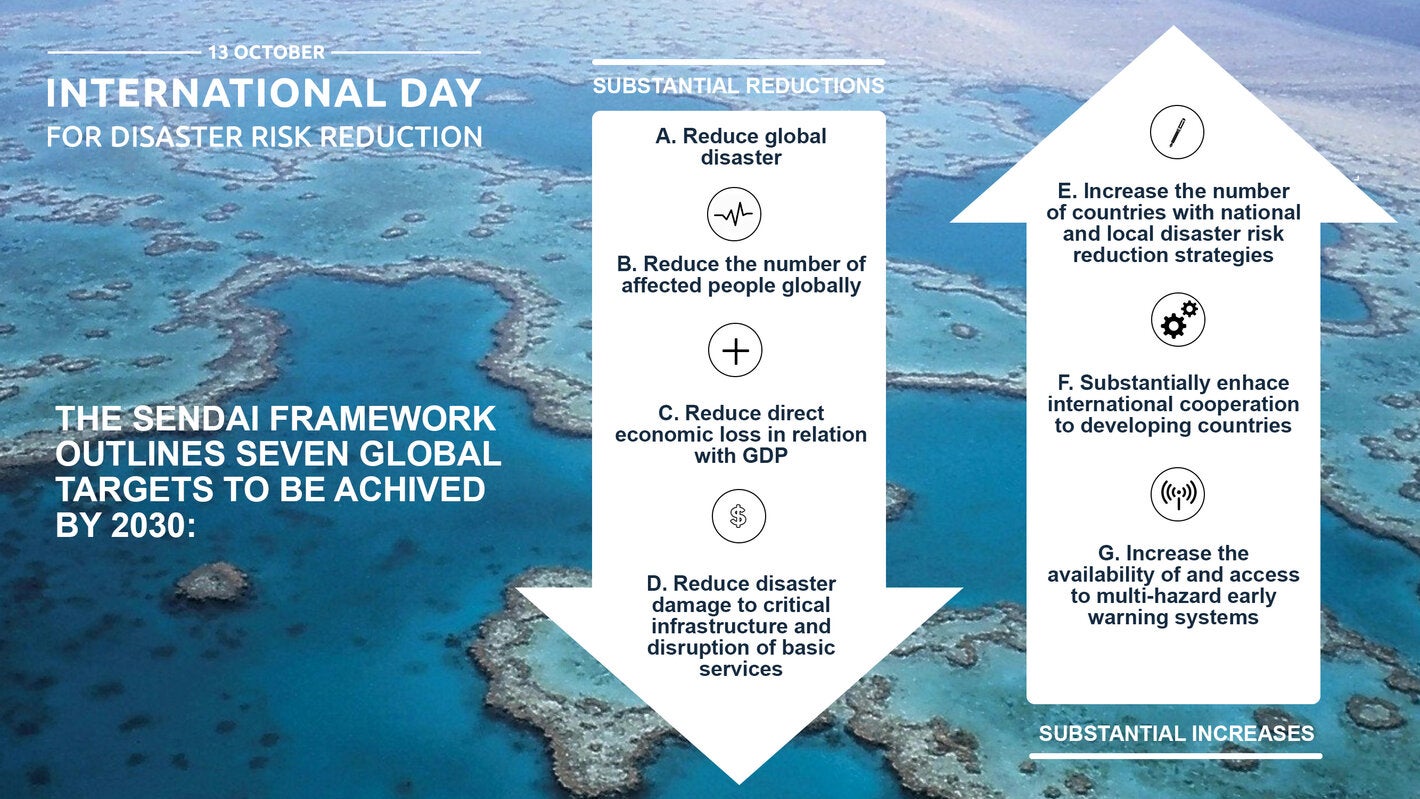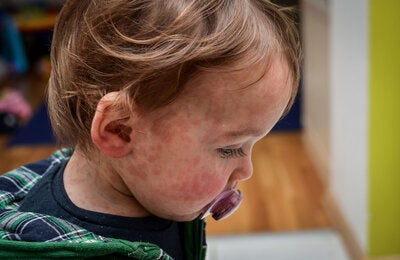
Washington D.C., October 13, 2021 (PAHO). In the last 20 years, one out of every four disasters in the world happened in Latin America and the Caribbean, generating more than 289,000 deaths, and affecting more than 276 million people with an estimated loss of more than 1.2 trillion dollars. These figures highlight the critical importance for countries to have systems in place to prevent new risks, reduce existing risks and increase resilience, as established in the seven global targets of the Sendai Framework.
The International Day for Disaster Risk Reduction is commemorated every 13 of October, and on 2021 the focus is on the importance of improving international cooperation to help developing countries establish adequate protection systems, an objective included in the Sendai Framework's global target for 2021.
Appropriate risk reduction strategies reduce the number of people affected and the economic impact that disasters can have. The Pan American Health Organization (PAHO/WHO) guides member states in their disaster risk reduction strategies through the Disaster Risk Reduction Action Plan for 2016-2021, which provides the operational framework for disaster risk reduction in the health sector.
PAHO is also constantly monitoring the implementation of this Action Plan. As part of this monitoring on August 12, 2021, the Department of Health Emergencies organized a technical meeting with 24 countries. The resulting agreements from that meeting will contribute to the agenda of the VII Regional Platform for Disaster Risk Reduction in the Americas and the Caribbean to be held from November 1 to 4, 2021.
The health sector has a fundamental role in disaster risk reduction. Health facilities need to be safe and remain operational during and immediately after adverse events. With the "Smart Hospitals" initiative, PAHO works to establish safe, green and sustainable health centers, optimizing resilience, strengthening structural and operational aspects and providing them with green technologies.
At the same time, disaster risk reduction plans must have a differential analysis to include populations with diverse needs, such as indigenous peoples or people with disabilities.
In Latin America there are around 85 million people with some type of disability, PAHO has also contributed with the promotion of the INGRID methodology that seeks to strengthen the effective inclusion of people with disabilities in disaster risk reduction plans. Through the Inclusive Disaster Risk Management Network in Latin America and the Caribbean, PAHO collaborates in promoting the effective participation of people with disabilities in disaster risk management.
Likewise, PAHO, as a member of the Indigenous Knowledge and Disaster Risk Reduction Network, contributes to strengthen indigenous communities in the Americas and increasing indigenous influence in disaster risk reduction decisions with a focus on health.



